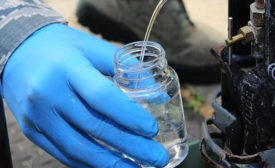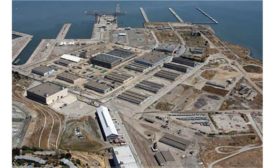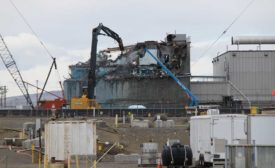Home » Keywords: » environmental remediation
Items Tagged with 'environmental remediation'
ARTICLES
Landscape/Urban Development
The mixed-used development will serve as Ewing Township's hub
Read More
Environment
GAO: More Data Needed on PFAS Impacts on Water Systems
Federal watchdog report calls for further study of how to deal with U.S. chemical contaminants
Read More
The Top 200 Environmental Firms: Revenue Resurges
Meeting needs and mandates generates more work, despite market challenges
Read More
The latest news and information
#1 Source for Construction News, Data, Rankings, Analysis, and Commentary
JOIN ENR UNLIMITEDCopyright ©2025. All Rights Reserved BNP Media.
Design, CMS, Hosting & Web Development :: ePublishing










